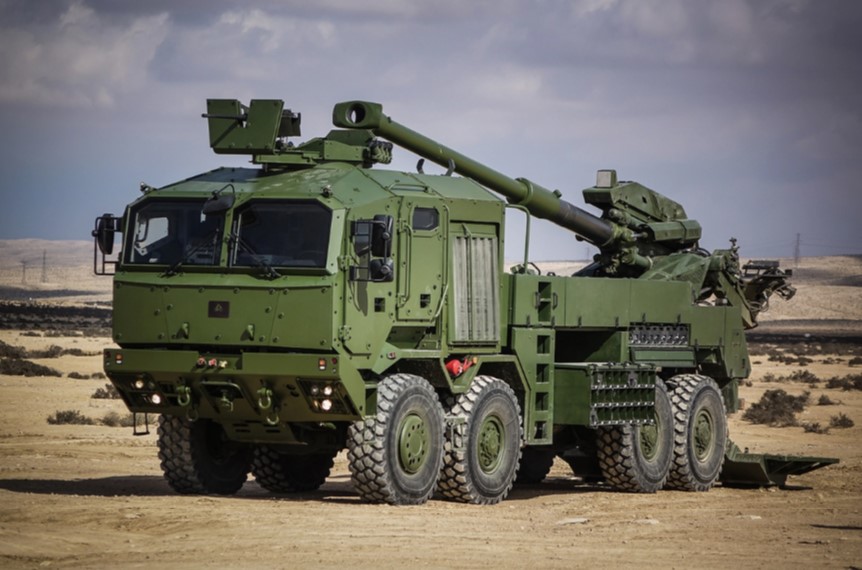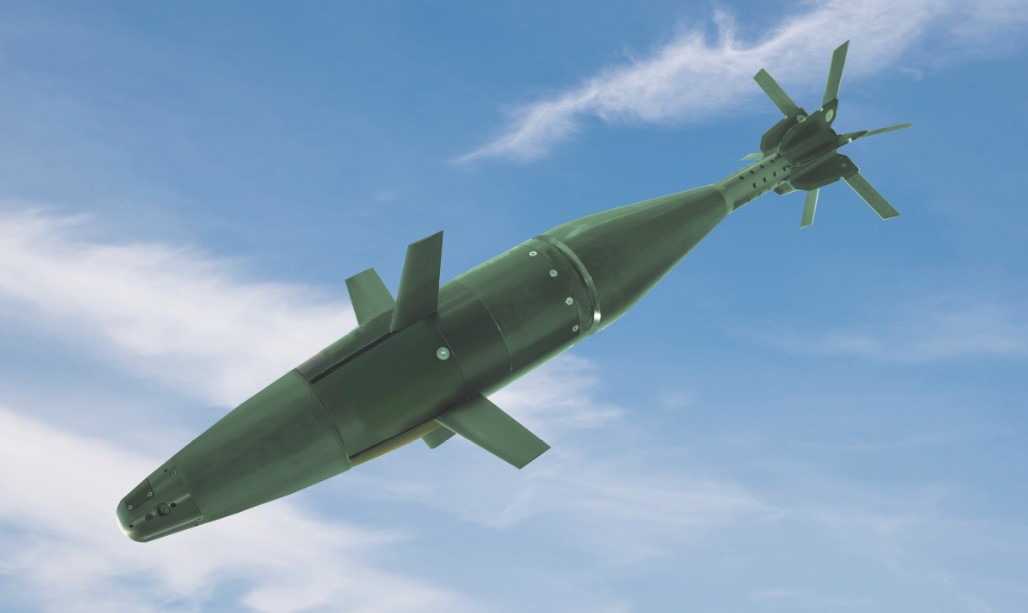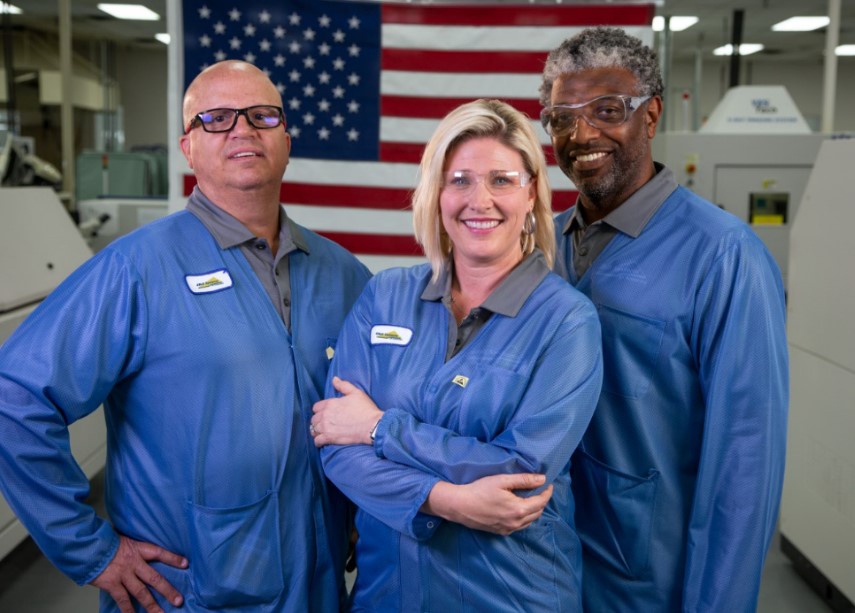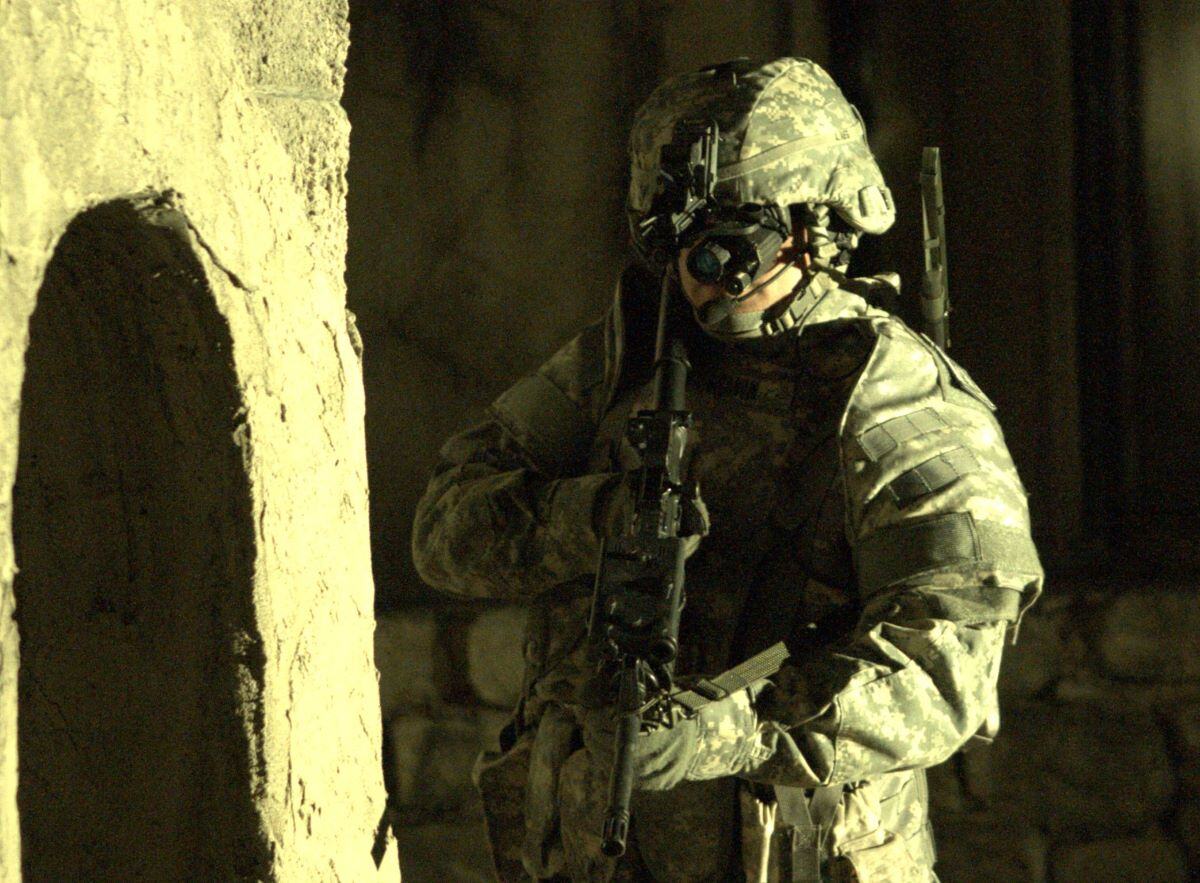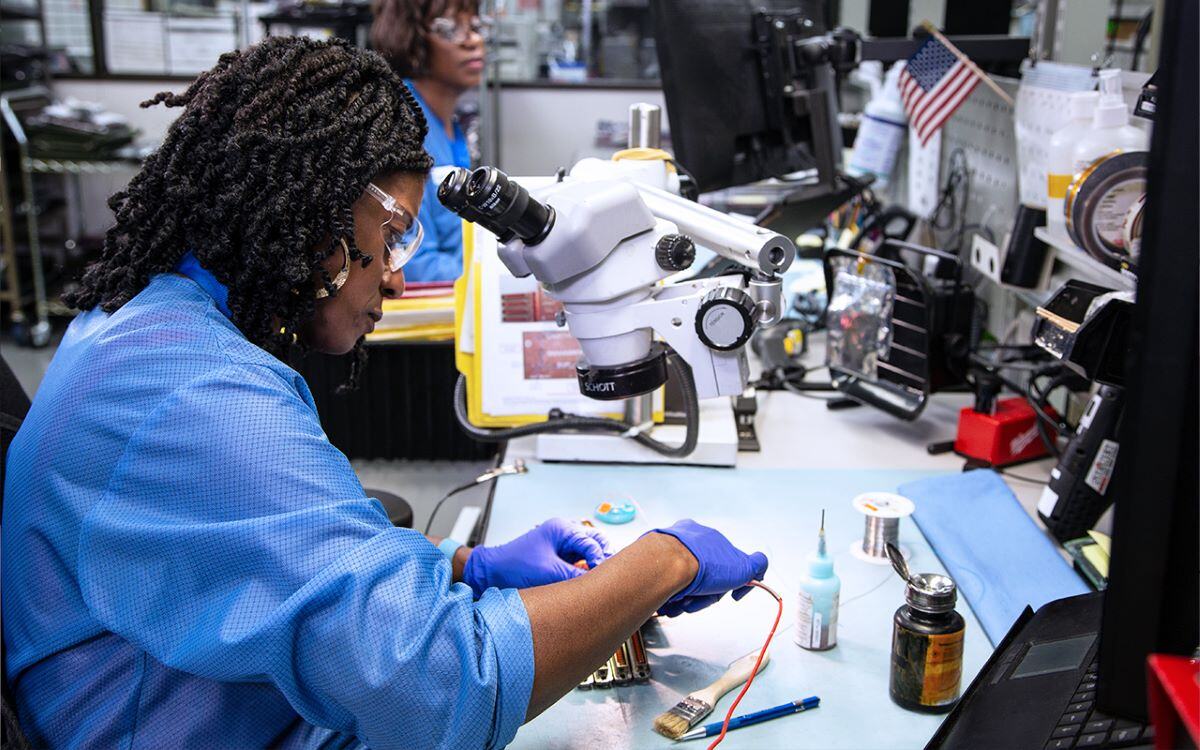This article originally appeared in Defense Daily on May 17, 2021. Reprinted here with permission.
Both today and tomorrow’s fields of battle require warfighters to be increasingly decisive and mobile, ready to deliver advanced long-range and highly-mobile indirect fires providing precise effects. Reducing the sensor-to-shooter timeline, and taking advantage of next-generation autonomy technologies will be crucial components to remaining lethal, secure and survivable.
Elbit Systems of America’s proven and production-ready suite of precision weapon system capabilities ensure warfighters are poised to meet the future fight. From the autonomy-enabled ATMOS mobile howitzer and the Sling and Spear modernized mortar systems to advanced precision-guided rounds and seeker technologies, Elbit America is delivering enhanced capabilities to meet the future fight.
David Richards, Senior Product Segment Director for Precision Weapons Systems, says Elbit America is well positioned to deliver these game changing capabilities to the field today. From highly Mobile Precision Indirect Fire solutions for Special Operations Forces to more mobile 155mm howitzer capabilities for the U.S. Army, Elbit America has a range of systems today that meet the future needs.
“It’s no secret that modernization of long-range precision fires and highly-mobile mortar capabilities are a top priority right now, and Elbit America has a number of solutions that are in production today that can help in that fight,” Richards said. “Modernization demands improvements to mobility and increased engagement ranges so that our forces are never outgunned. Elbit America's solutions deliver on those priorities.”
With advanced threats shaping the future battlefield, to include the proliferation of electronic warfare and jamming capabilities, there is an increasing premium placed on the ability to respond first and avoid counter-fire. Combining maximum mobility and automated loading capabilities will allow operators to navigate the battlefield rapidly, stop and deploy quickly and execute long-range precision missions with high rates of fire.
“It all comes down to how fast can we move, how agile can we be and how precise can we shoot when we actually do pull the cord,” Richards said.
Elbit America’s Autonomous Truck Mounted Ordnance System, or ATMOS, is a 155mm mobile howitzer system with the enhanced range, lethality, speed and survivability required for the future.
ATMOS shoots far and fast with a 52-caliber barrel compatible with all U.S. and NATO-standard rounds and ranges out to 65 kilometers, with the ability to set up in less than 30 seconds and displace in the same amount of time. The semi-autonomous loader with built-in manual dual redundant back up can deliver six rounds per minute from a chassis capable of traveling 55 miles per hour. ATMOS further enhances the soldiers lethality and survivability through the Multiple Rounds Simultaneous Impact (MRSI) technology. As a highly modular family of systems, ATMOS can be integrated on an array of different trucks or with a range of fire control systems for complete customer optimization.
“Lethality is just part of the equation. ATMOS is also designed to increase the U.S. artilleryman’s survivability as well. ATMOS’ wheeled drive system is designed specifically for high-speed maneuver and it’s unique gun emplacement system can be deployed extremely rapidly,” Richards said.
ATMOS, currently in full-rate production, is participating in the U.S. Army’s ongoing 155mm mobile howitzer capability evaluation to help find a new system for its Stryker Brigade Combat Teams. Elbit America is demonstrating how leveraging autonomy will serve a key role in reducing the physical workload of gun crews and unlocking a rapid rate of fire that would be near-impossible to accomplish manually.
“The Army is going to be moving ATMOS at max speed through the desert and really putting it through its paces. We’re excited to be able to show off what ATMOS can do and excited to respond to the next phase that will move ATMOS into qualification and fielding in the coming years” Richards said.
Beyond leveraging extensive experience delivering ATMOS to Israel, Elbit America is building capacity to establish a domestic supply chain in the U.S. by 2022 with a multi-year plan to establish a U.S. facility for domestic production that same year.
“Bringing ATMOS manufacturing capability to the United States is a top priority for Elbit America” Richards said. “That is the major commitment that we are making right now to ensure that we have U.S. stateside vehicle production and assembly capability, including a full domestic supply chain for the most critical components.”
Securing the future battlefield will require a new generation of lighter, more mobile indirect fires capabilities. The ability to deploy organic indirect fires from a range of vehicles will be paramount to ensuring soldiers have a safe, secure and survivable solution to ensure overmatch in close engagement situations.
As a leader in delivering mortar system capabilities, Elbit America is in position to revolutionize the maneuver organic indirect fires space with its advanced Sling and Spear systems. Both systems are in production and are leap-ahead technologies that provide the speed, rate of fire and mobility to compete and win in the most tenuous of operational scenarios. Both Sling and Spear are complimented by modernized precision and enhanced lethality mortar rounds, making them a lethal total package.
“For times when light weight, transportability and vehicle flexibility are required, the Sling 120mm mortar system fills the need. An extremely lightweight system, Sling is easily deployed from any number of vehicles, from JLTVs and Humvees to commercial pickup trucks,” Richards said. “When a more integrated approach is desired, Spear builds upon the capabilities of Sling’s automated fire control and barrel positioning capabilities and adds 360 degrees of mobile indirect fire. Equipped with a unique recoil absorption system, the Spear system minimizes shock loads transmitted to the base vehicle. Being a more integrated solution, Spear can fire from more varied terrain.”
The next-generation Sling and Spear systems both offer automated capabilities for barrel laying and aiming, moving away from manually hand-cranked systems that would otherwise slow down maneuvers on the battlefield. The future warfighter will require a mobile mortar system with enhanced effectiveness and improved recoil systems in a lightweight package for rapid response.
“The real advantage with Sling and Spear is the self-contained ability to maneuver and control organic engagements. Imagine a scenario at the infantry squad level where they encounter unexpected contact. They don’t have to transmit fire missions back to an artillery battery or have fires forward observers attached to them. This is an organic capability to the maneuver element that is moving with them, that is being planned and positioned with them. And it really gives them that ultra-rapid response fire support capability.” Richards said.
Bolstering the capability of advanced mobile mortar offerings is the effectiveness and survivability offered by precision-guided munitions. Bringing in laser and GPS guidance gives battlefield operators the ability to connect on target with the first round, providing increased survivability and inherent cost savings. To meet customer’s wide range of potential requirements, Elbit America offers both the all-up Iron Sting guided mortar round and the Laser/GPS-Guided Mortar Kit, or LG2MK, which can add precision guidance to legacy mortars munitions.
“There is not a standard guided mortar round, really, today in the U.S. inventory. There’s been some interest in that and this is an opportunity for us to bring this mature capability and be able to offer it to U.S. forces without a lot of investment or development costs. It’s ready to go to drop in existing systems right now,” Richards said. “The precision-guided munitions go hand-in-hand with systems like Sling and Spear, in being able to really deliver speed and lethality. Employing Sling or Spear with existing rounds is an improvement over current capabilities, but to really unlock full next-level capability, we think pairing Sling or Spear with these new munitions capabilities is very exciting.”
Iron Sting is a 120mm complete solution that adds inertial guidance, precision GPS and semi-active laser seeking to provide less-than-one-meter CEP50 capability at ranges out to 12 kilometers with existing propellant zones.
“Because of its highly-refined flight software, Iron Sting’s accuracy is achieved without the need for precise or timely meteorological data, further enhancing its effectiveness on a dynamic battlefield,” Richards said. “Featuring a robust, concrete-penetrating warhead with multiple fuzing options, Iron Sting is a complete turnkey system that pairs perfectly with existing mortar equipment as well as our high mobility mortar systems.”
LG2MK offers a unique kit-based approach that can be assembled onto a mortar munition in less than two minutes, enabling mortar teams to turn previously unguided rounds into laser and GPS-guided precision assets very quickly.
“Immediately enabling precision fire missions against grid targets and laser missions against moving targets, LG2MK can be dropped right into the current inventory as it's compatible with all current tubes and propellant zones,” Richards said.
Modernizing for the future battlefield will require highly-mobile, precise and autonomy-enabled capabilities to meet the potential challenges of great power competition. Warfighters will need maximum ability to maneuver, deploy and fire rapidly with the capacity to avoid counter-fire across operational scenarios. The proliferation of effective precision weapons must complement these highly-mobile systems to deliver safe, secure and survivable systems required to maintain overmatch. Elbit America is committed to producing the advanced capabilities that ensure all warfighters are able to set up quickly, fire rapidly and deliver targeted effects.
“We look at the current fight versus the future fight as one of ever-shrinking engagement timelines,” Richards said. “When we look at the future state of the battlefield and what we’re trying to do to enhance our allied forces’ capabilities, a lot of it comes down to being able to move fast, emplace quickly, engage the target precisely and rapidly and then, almost most importantly, being able to get out and relocate.”


